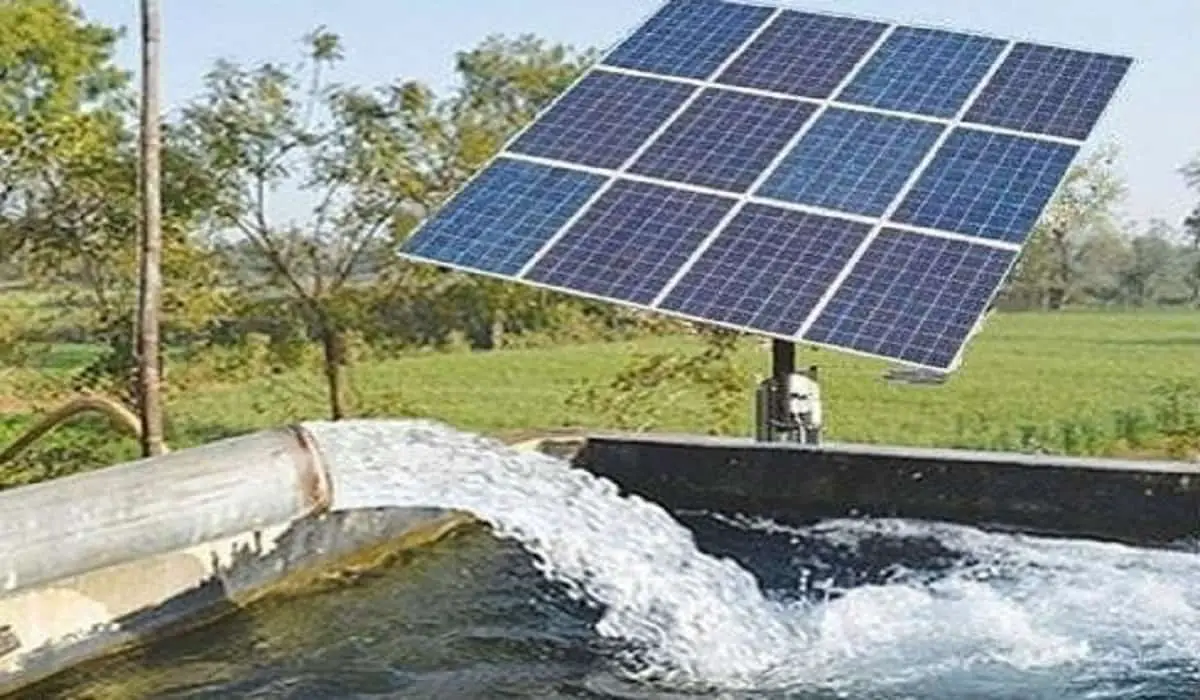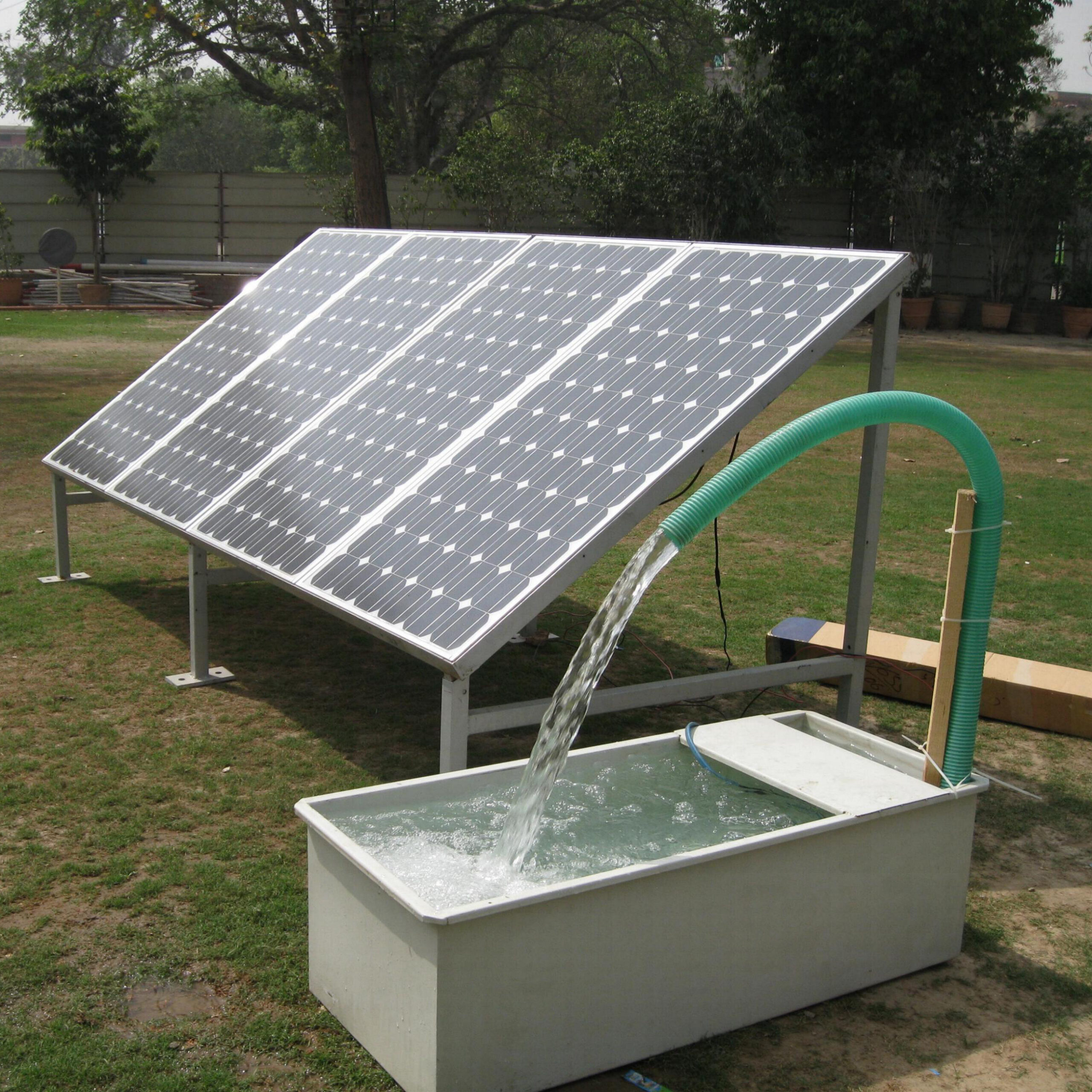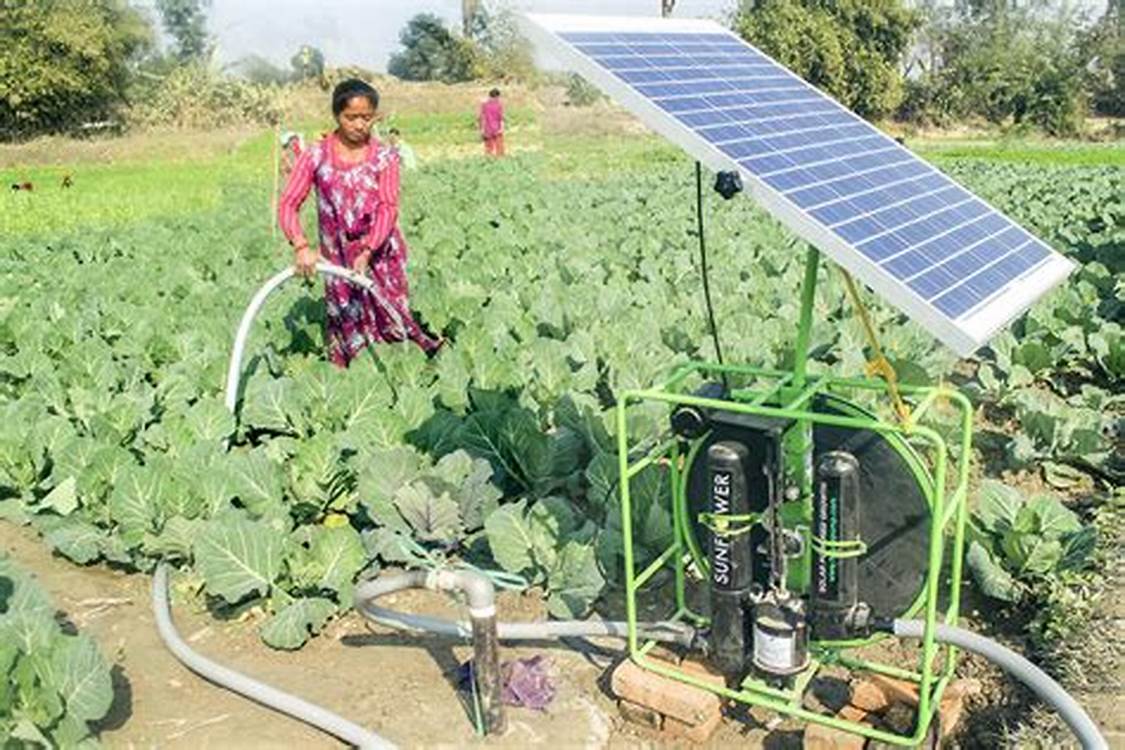Solar Pump System
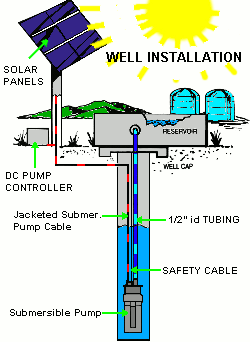
Solar Water Pump System
A solar water pump is an application of photovoltaic technology which converts solar energy into electricity to run the pumping system thereby, replacing erratic grid supply and pollution-causing diesel-powered versions. The solar water pump is powered by solar modules that helps draw surface or ground water out for irrigation.
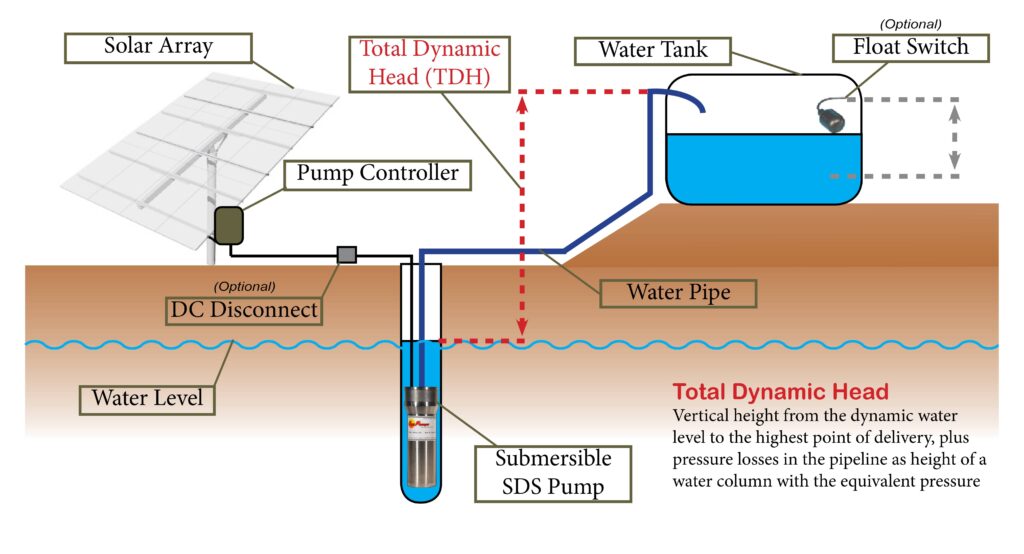
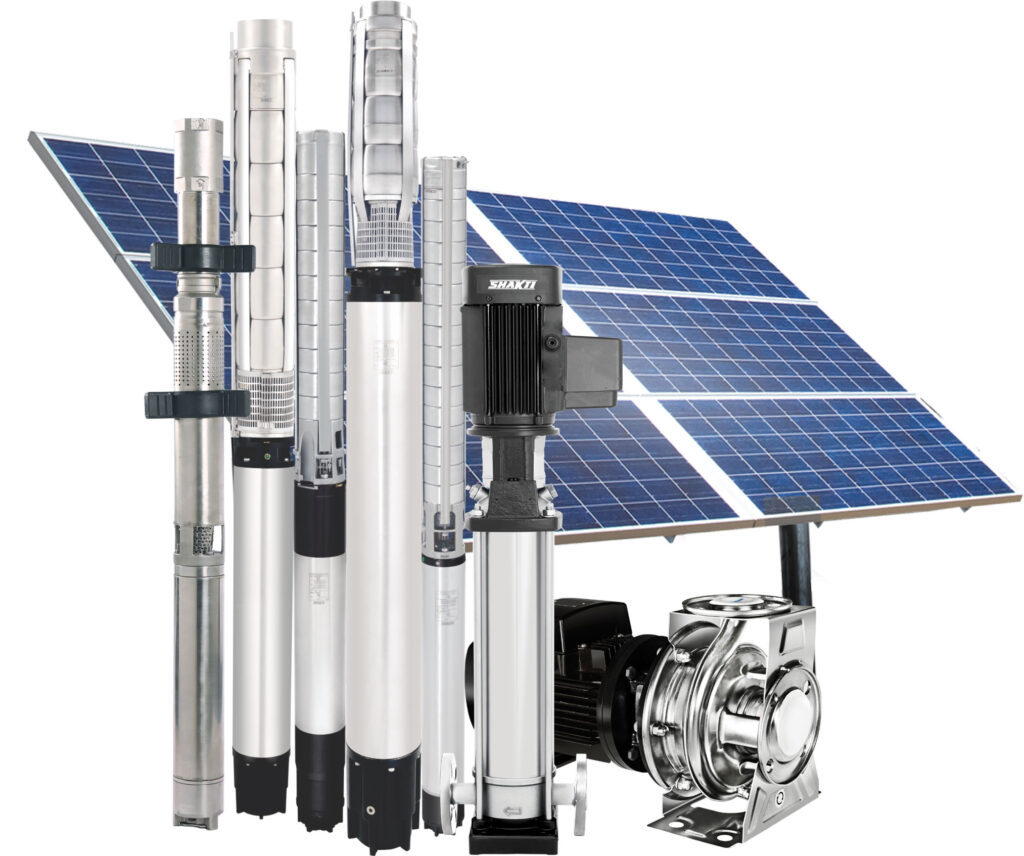
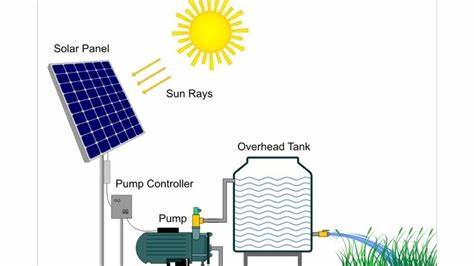
Types of Solar Water Pumps
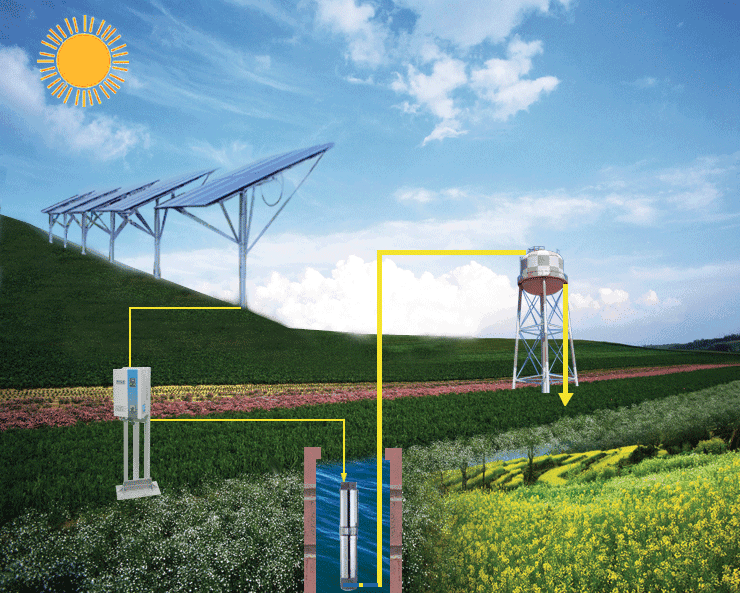
Submersible pumps work best when entirely immersed underwater, and are used for wells and deeper water features. Once activated, the pump will suck water through a network of pipes or tubes before delivering it to the destination
* Max Vertical Head

The max vertical head (MVH) is the maximum height that water can reach when pumped from the source. It’s an important consideration because the water pump is placed on the bottom of the water source, so you’ll need to make sure the pump is capable of moving water all the way to the surface.
* Max Flow

The max flow (MF) capacity is how much water the pump can move in a certain amount of time. Most pumps list their maximum flow rate capacity in gallons per hour (GPH) or minute (GPM). If the max flow is too low, filling a tank or watering a backyard might take significantly longer than expected.
* Solar Panels and Inverters
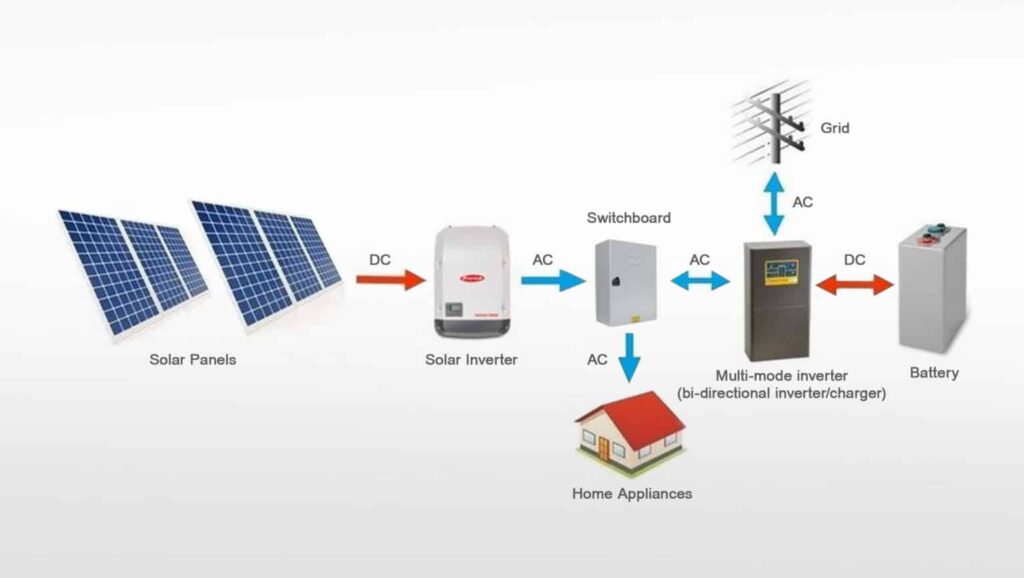
The solar panels used in water pump systems produce electricity using photovoltaics (PVs). The photovoltaic effect takes place when sunlight hits a material and creates an electrical current. Placing the solar panel in a location that receives significant sunlight is essential for the water pumps to run efficiently and produce the maximum power.
* Batteries
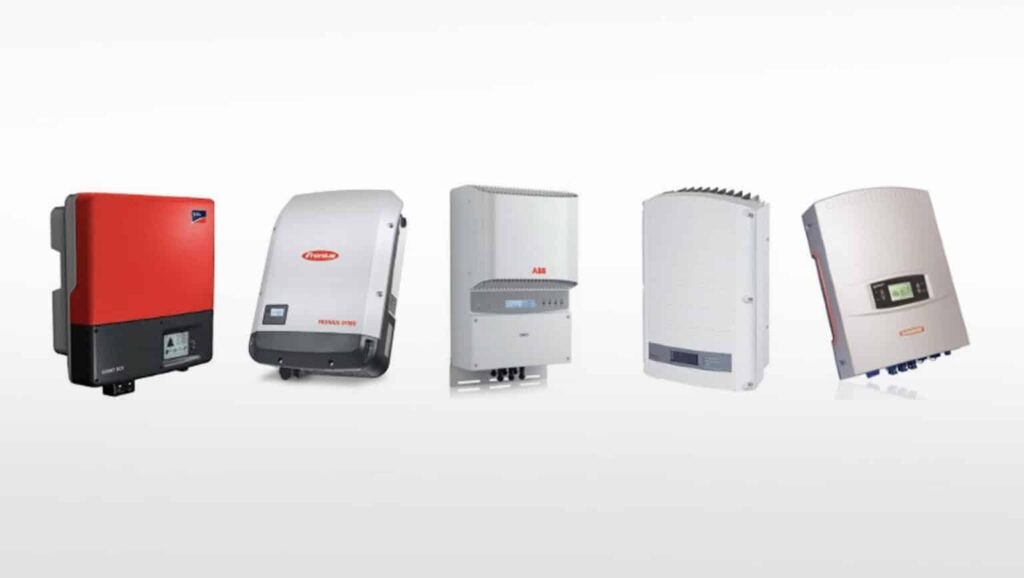
Some solar-powered water pumps (often for smaller applications) only function when exposed to sunlight, while others can utilize batteries to store energy for longer, overnight pumping times. For those residing in overcast regions, it’s highly recommended to have a backup battery. In addition, a charge controller can help prevent batteries from being overcharged or damaged.
